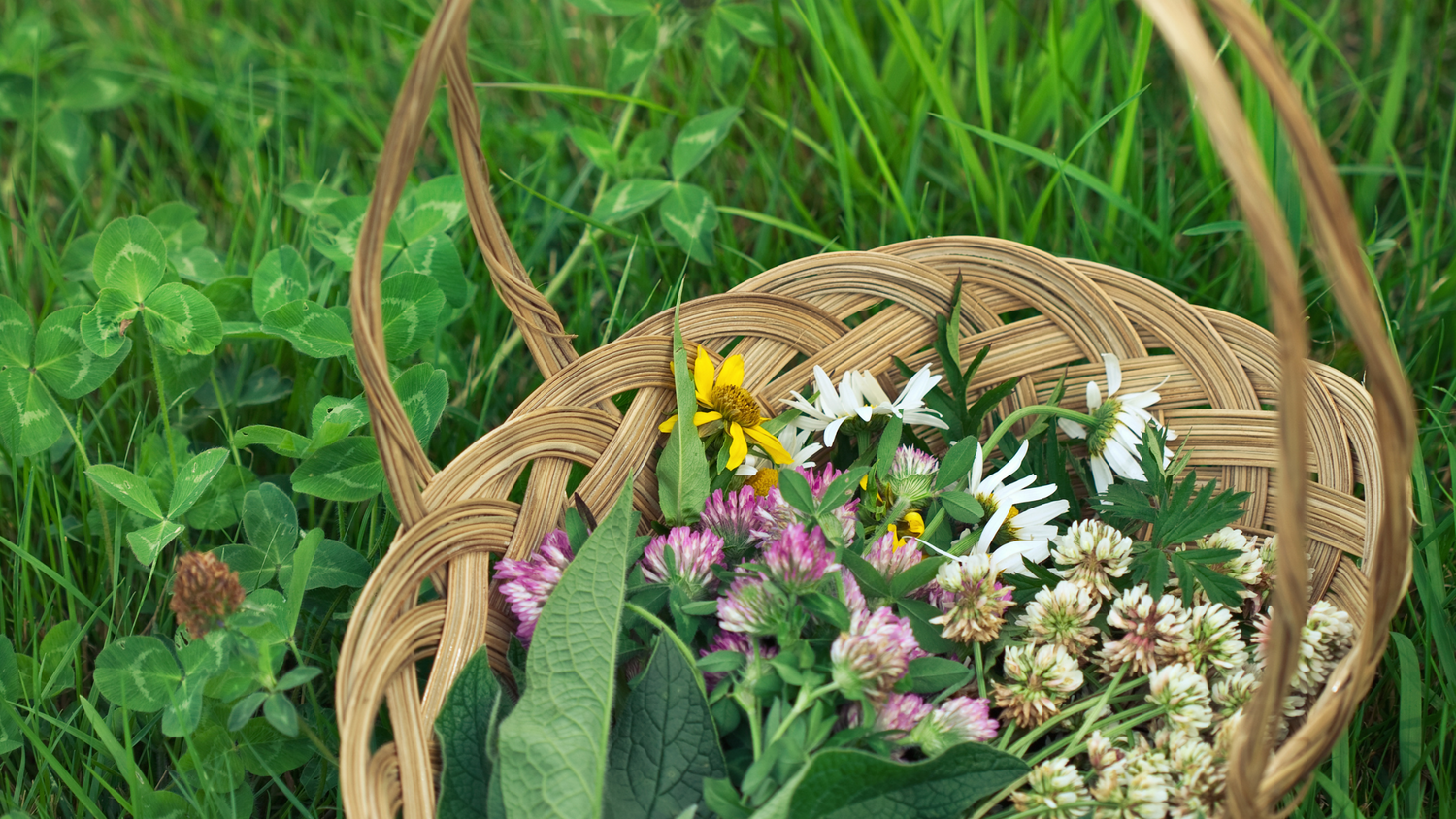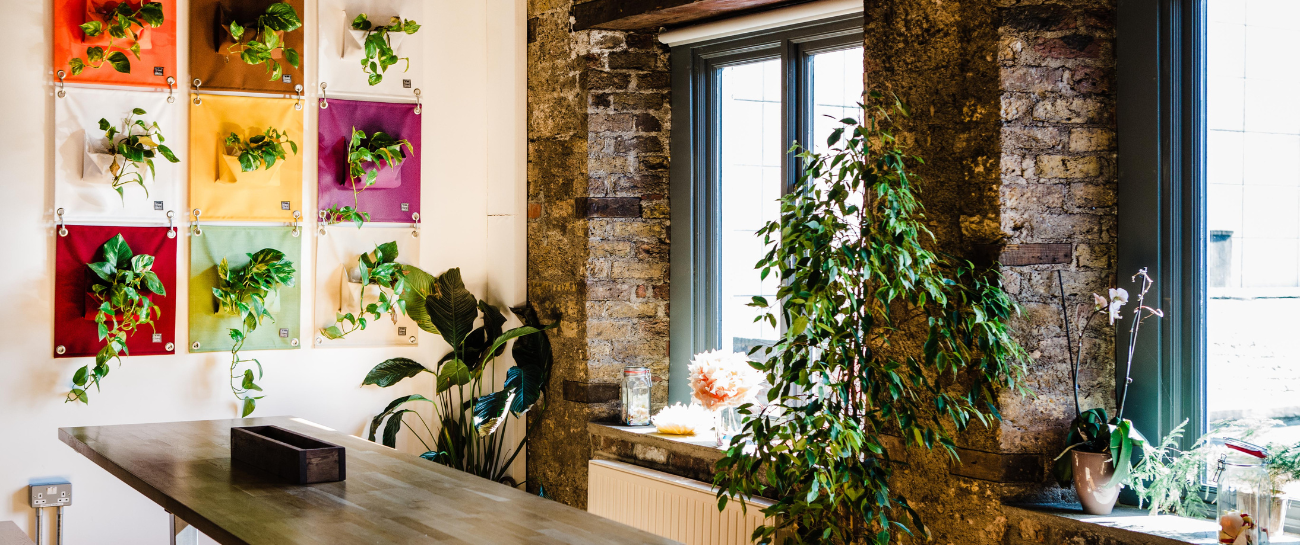You’ve taken it home and kept it warm, fed and hydrated.
And now, a year in and it’s starting to look a little sad!
What gives?!
...Chances are, your plant needs to be re-potted.
Re-potting can send shivers down the spines of even the most seasoned plant parents but we are here to show that with the right tools and knowledge, it doesn’t have to be so daunting or complicated. Here’s what you need to know!

Why do I need to re-pot my plant?
Re-potting your plant can have massive benefits for its overall health and provides protection for its future health and growth.
The re-potting process allows you to give the plant a more suitable growing environment with additional space and soil with proper nutrients. Understanding the benefits helps you determine if re-potting is the best option for your houseplant.
- Gives your plant more room to grow
- Allows adequate air to get to the root system, preventing root rot and disease
- Stops the roots becoming root-bound which can in turn stunt growth
- Prevents malnourished or waterlogged soil
- Allows the plant to access more nutrients

When should I re-pot my plant?
Most plants need re-potting once per year. Slow-growing plants such as Aloe Vera, Snake Plant or Devil’s Ivy may just need top-dressing (few inches of fresh soil).
Some signs that your plant is ready for a new home include:
- A noticeable change in the soil level or quality
- Roots visibly growing out of the bottom or spilling over the edges of the existing pot
- The plant has become top-heavy or is visibly lacking in space to grow further
Springtime is the best time to re-pot as your plants are waking up from their winter nap and are hungry for fresh nutrients to grow. Spring re-potting does not apply to all plants including winter-flowering species and bulbs that become dormant during summer. These other plants are re-potted during fall. As always - check the care instructions for that specific plant.
If your plant is distressed, lacking in water or seems to be wilting, we recommend to hold off on re-potting, however, until its health has been restored.

How to choose the right pot for my houseplant?
Choosing the right pot for the right plant is very important! The planter you choose will affect how quickly the soil dries out, how well a plant grows, and how healthy the roots are.
Size matters: It’s a myth that the bigger the pot- the more the plant will grow. When you re-pot into a much larger container, the roots are surrounded by soil and can’t pull the water from it fast enough, leaving it wet too long and drowning the roots. To avoid this, size up just a couple of inches at a time.
Let it flow: Most plants cannot tolerate standing in water and require a pot with good drainage. A pot with ample drainage allows excess water to flow through the roots and out the bottom instead of settling in the bottom of the pot where it can quickly cause fungal issues or root rot.
It’s all in the material: There are three major categories of pots: ceramic/glazed, terracotta/clay, and plastic. In general, most plants will thrive in terracotta or ceramic pots as they are porous and dry more evenly than plastic or even wood pots. Plastic pots keep water in the soil for much longer than a terracotta pot, so it's very important to have drainage holes in the bottom of the pot to prevent root rot.
Get creative: Plant pots needn’t be expensive. If your budget is tight or you’d like to take a more sustainable approach, consider up-cycling an old treasure into a new home for your plant. Saucepans, colanders, teapots and wooden crates all make excellent plant holders and can add a quirky, fun look to any space.

Re-potting your plant shouldn’t be rushed and can actually end up being quite a therapeutic and calming activity. If you have a number of plants to re-pot, we recommend choosing a day when you can take your time, tune into your senses, and enjoy yourself.
Step 1: Water your plant thoroughly a couple of days before you plan to re-pot. This will not only make it easier for you to get your plant out of its pot, but it will also ensure that your plant is properly hydrated, reducing the risk of shock.

Step 2: How you remove your plant from its pot will depend on its size and how root-bound it is. For highly root-bound plants, turn the pot on its side and slide a blunt knife around the perimeter of the pot to loosen the soil and roots.

Step 3: Inspect the health of your plant. Remove any brown, black or damaged roots and shake away any excess soil. If you plan to re-pot in the same pot, trim around two-thirds of the root mass starting from the bottom.

Step 4: Choose a clean new pot with no more than 2” in diameter larger than your plant’s old home. Too much space can slow down growth and lead to root rot. If your pot doesn’t have any drainage, we recommend adding a layer of activated charcoal, followed by fresh potting soil.

Step 5: Place your plant into the pot and fill with soil until all of the roots are covered. Gently pat down the soil to ensure that there are no air pockets. Water lightly until the soil is moist but not saturated.
Looking to grow your plant knowledge? Check out some of our similar blog posts:
- Our Guide to choosing the right plant for each room in your home
- 7 Tips to Keep Your Indoor Plants Alive while Away
- New to Plant Parenthood? A Beginner’s Guide to Caring for your Houseplants





